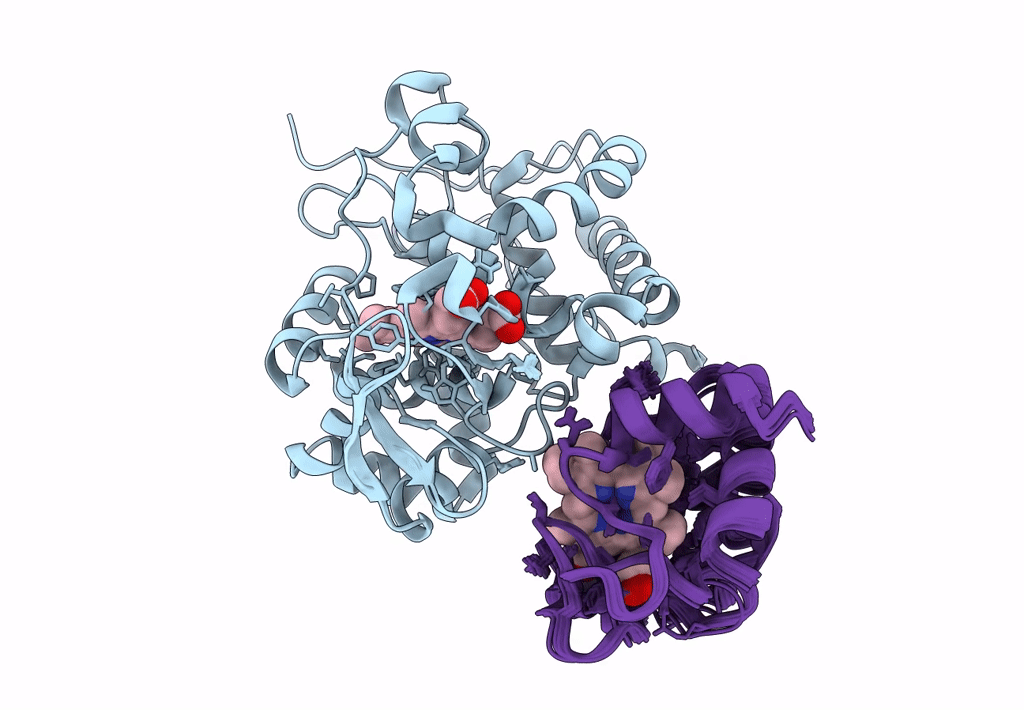
Deposition Date
2006-03-10
Release Date
2006-11-21
Last Version Date
2024-10-09
Entry Detail
PDB ID:
2GB8
Keywords:
Title:
Solution structure of the complex between yeast iso-1-cytochrome c and yeast cytochrome c peroxidase
Biological Source:
Source Organism:
Saccharomyces cerevisiae (Taxon ID: 4932)
Host Organism:
Method Details:
Experimental Method:
Conformers Calculated:
100
Conformers Submitted:
20
Selection Criteria:
structures with the lowest energy


